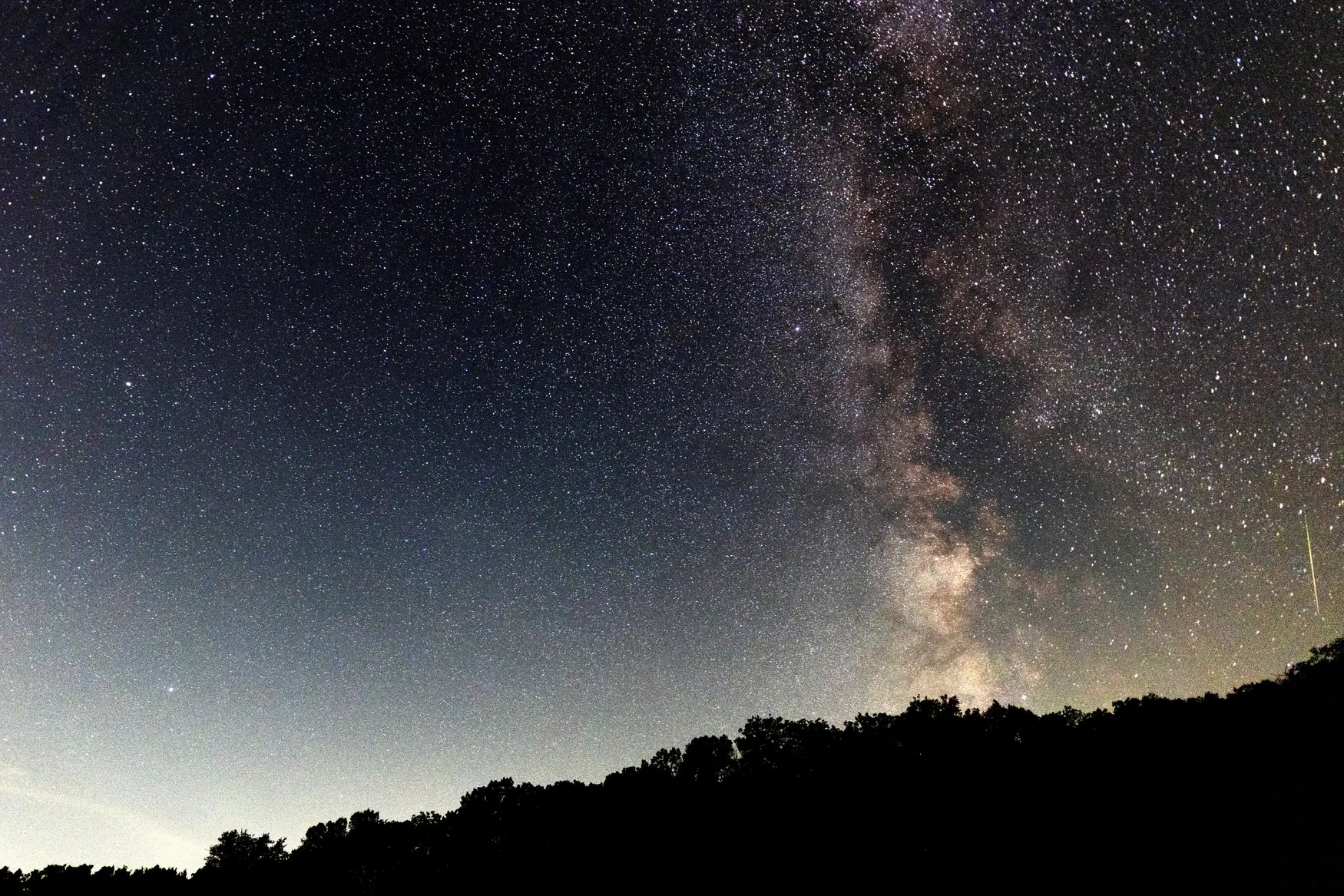T4K3.news
Perseids Peak Overnight
The Perseid meteor shower peaks tonight with Jupiter and Venus nearby. Watch after 11 pm from dark skies or tune in to live radar.
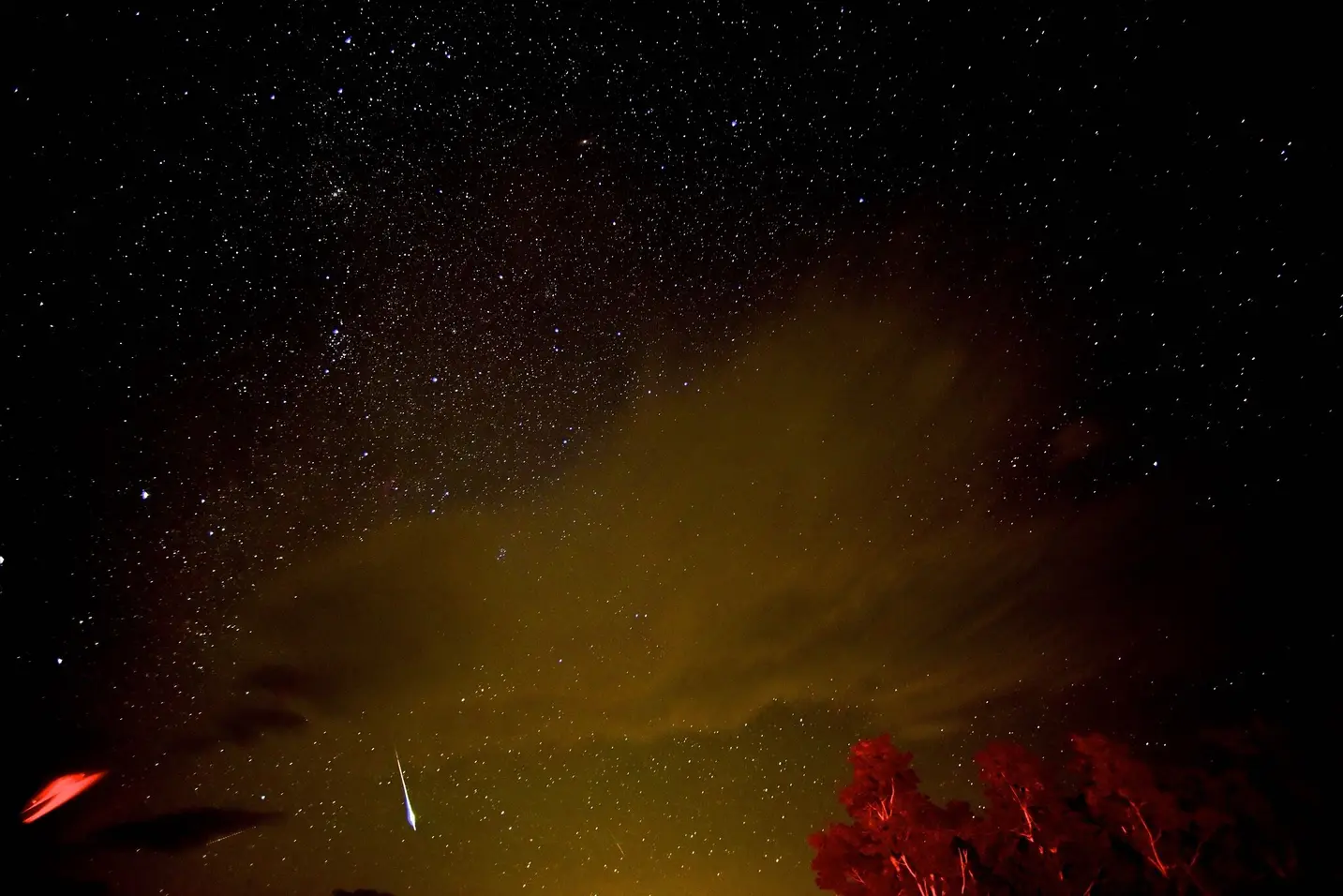
The Perseid meteor shower peaks overnight with Jupiter and Venus visible nearby in the predawn sky.
Perseids Peak Overnight as Jupiter and Venus Reach Closest
The Perseids will peak overnight, with observers urged to look after 11 p.m. local time and again before dawn for the best chance to see meteors. The shower can bring dozens of streaks per hour, but this year the bright waning moon will cut the count to about 30 to 40 meteors per hour. Meteors are often bright fireballs that leave lasting trails across the sky.
Weather could complicate viewing with forecasts for fog and clouds, but breaks may appear. Dark sky sites such as Big Meadows and Shenandoah National Park are highlighted, and local groups plan events on Monday night for viewing and telescopic views of the sky. If clouds persist, people can still follow activity through live radar streams and stay connected to the night sky from indoors.
Key Takeaways
"The night sky connects us to something larger."
said by a local observer at a Shenandoah event
"Moonlight changes the count but not the magic of meteor watchers."
commentary on how observing conditions affect results
"This gathering shows how amateur astronomy can bring people together."
organizer's reflection on community events
This event blends science curiosity with local community activity. It shows how amateur astronomy thrives when people are invited to look up together, even when weather and light pollution temper the spectacle. The pairing of a meteor shower with easy to see planets also underscores the appeal of skywatching as a gateway to broader interest in space and science literacy.
Highlights
- Look up, be patient, and let the sky tell its story
- Moonlight tests plans but breaks in clouds invite wonder
- Public skies belong to everyone when dark nights arrive
- This gathering shows science in action under open skies
Clear skies are not guaranteed, but the night sky remains a place where curiosity can outlast a forecast.
Enjoyed this? Let your friends know!
Related News
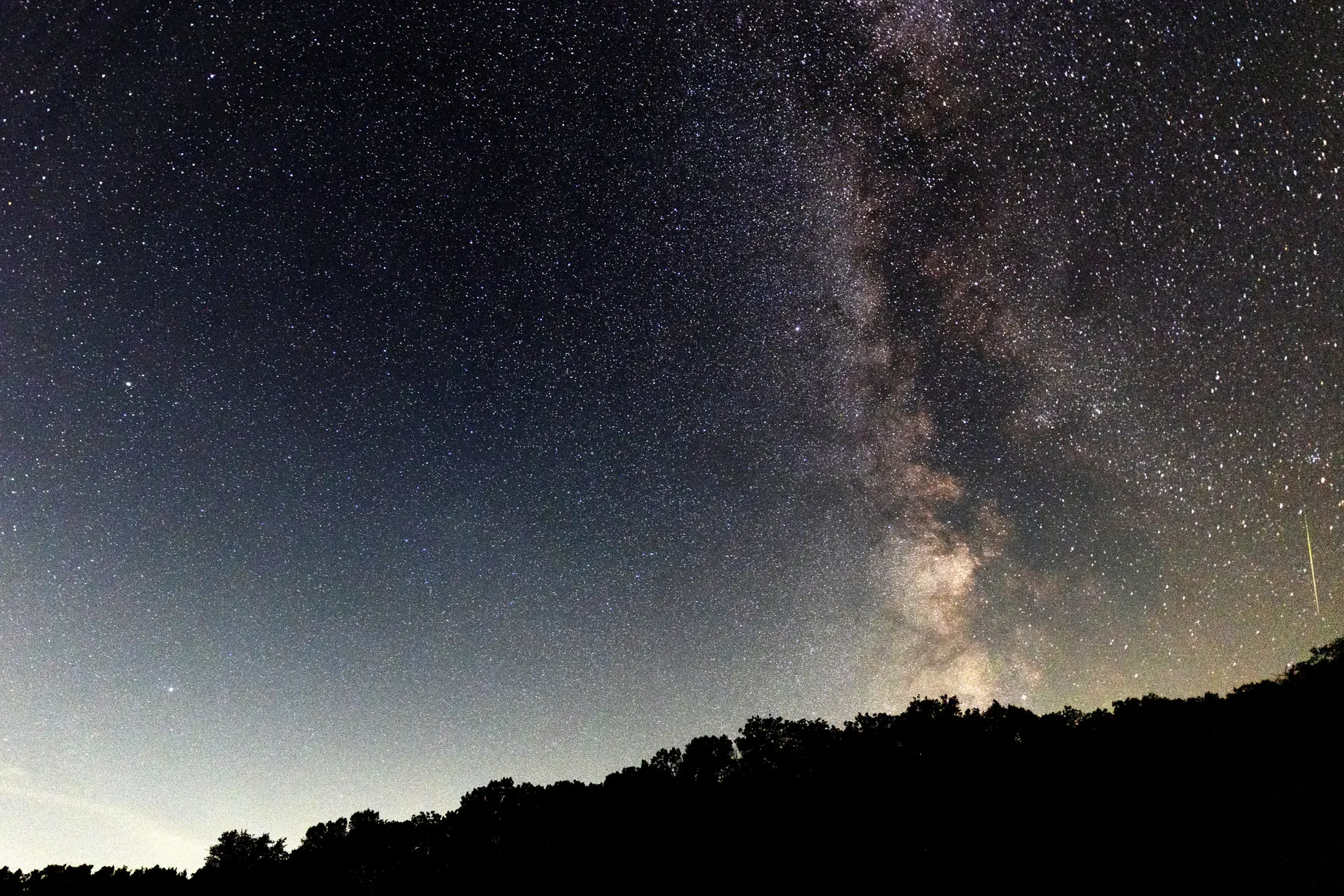
Perseids Peak With Live Viewing

Seattle cools after record heat as Perseids arrive
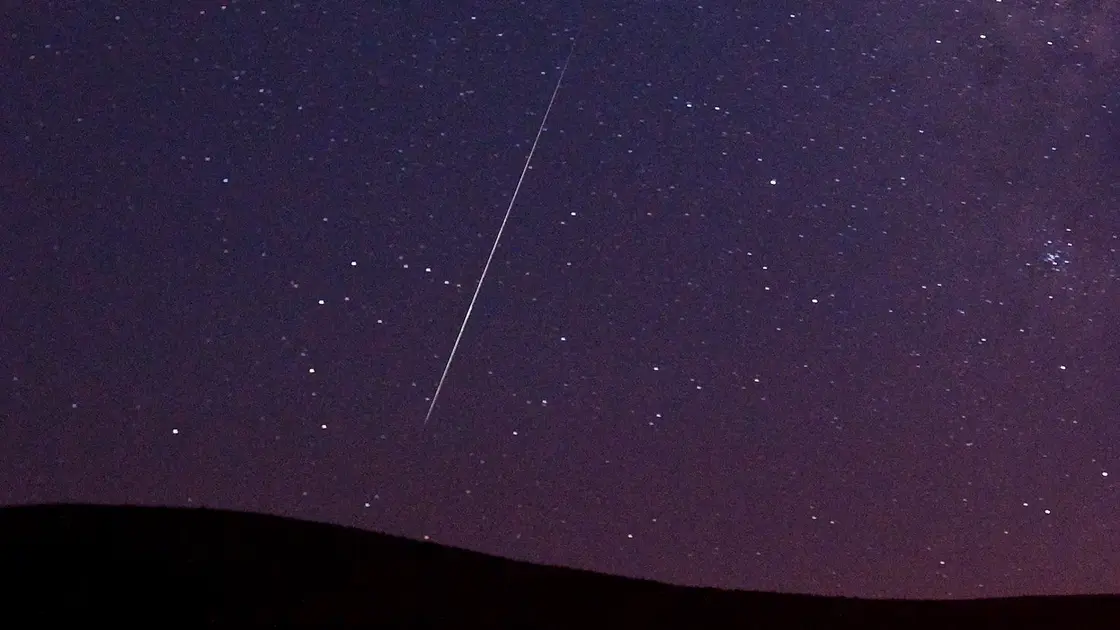
Perseid Meteor Shower Starts Soon
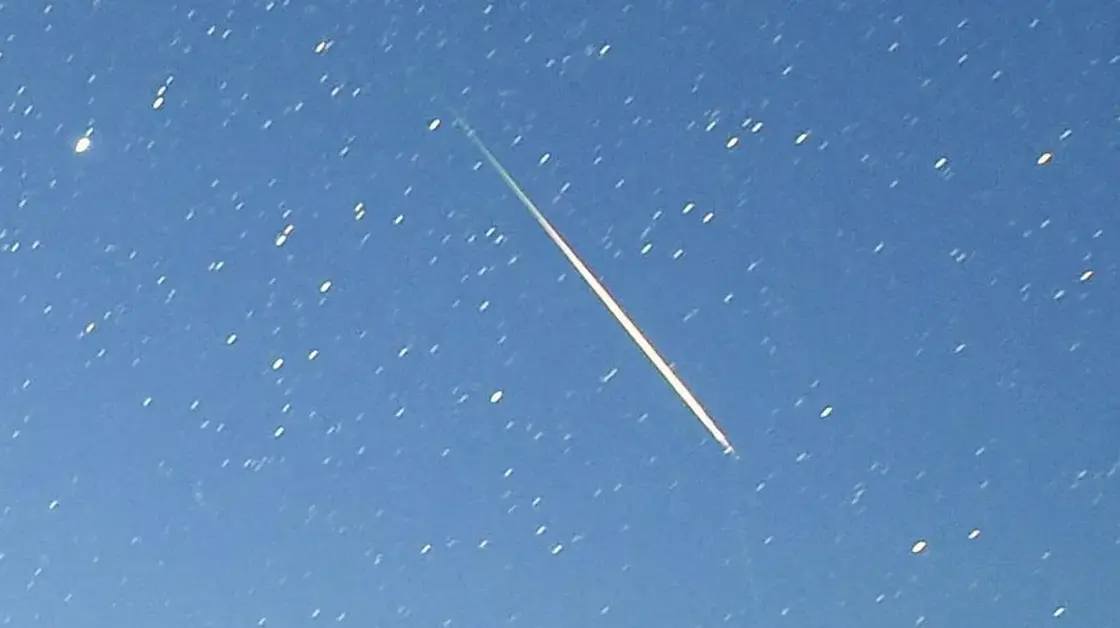
Perseid meteor shower peaks next week
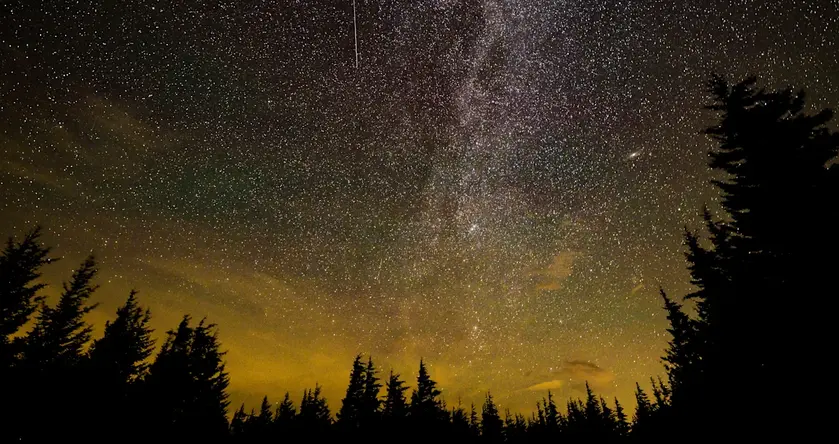
Perseids Peak Tonight

Perseid meteor shower peaks with free livestream
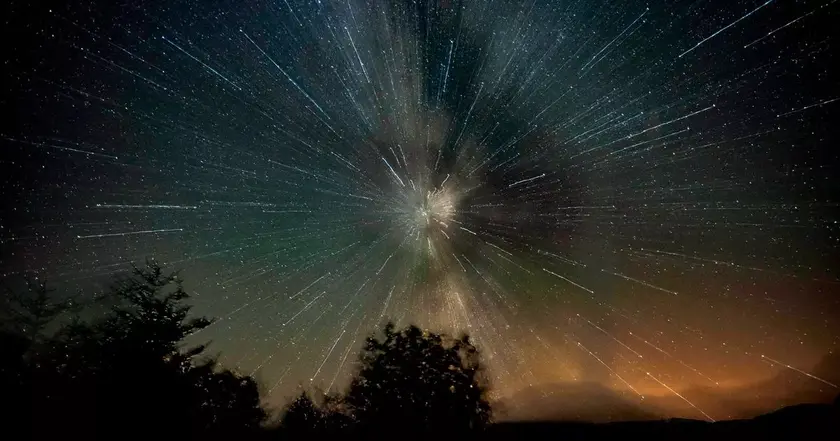
Upcoming meteor showers expected this month
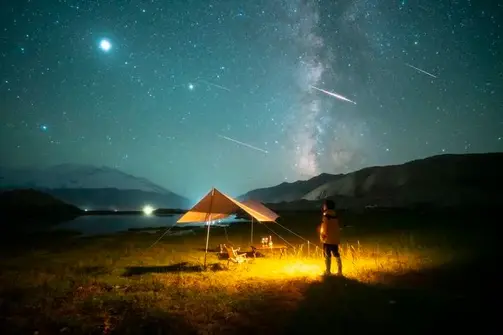
Perseid Meteor Shower Weekend Viewing
